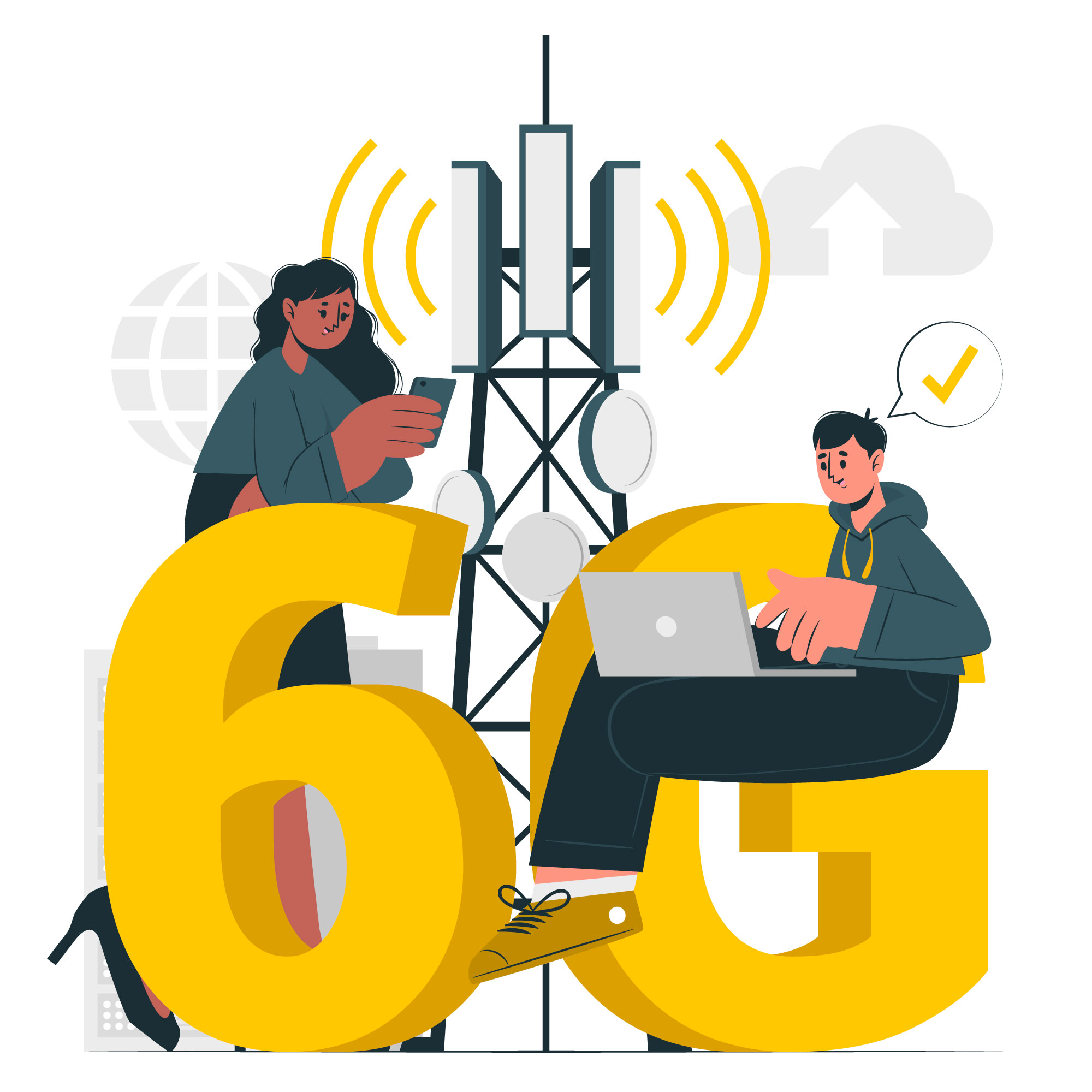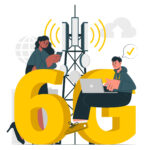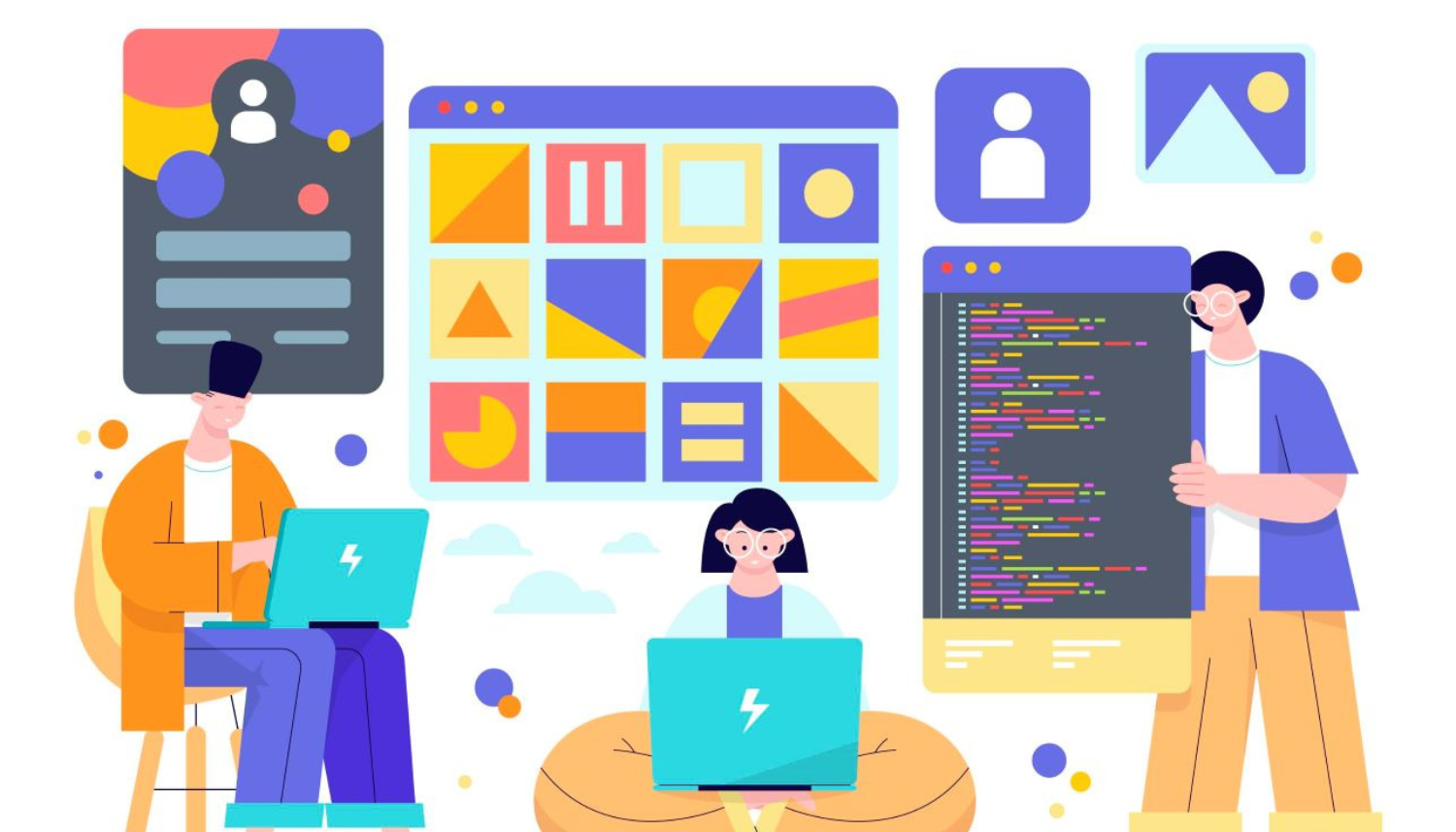In today’s fast-paced digital landscape, graphic design plays a crucial role in shaping a brand’s identity and marketing strategy. Effective graphic design not only enhances the visual appeal of a brand but also communicates its values, engages its audience, and drives conversions. Here’s how graphic design can transform marketing efforts and create lasting impressions.
Establishing Brand Identity
Graphic design is fundamental in establishing a brand’s identity. From logos to color schemes, typography, and imagery, every design element contributes to how a brand is perceived. A well-crafted logo can convey professionalism and reliability, while a cohesive color palette can evoke emotions and associations. By creating a strong visual identity, brands can differentiate themselves in a crowded market and build recognition among their target audience.
Enhancing Communication
Visuals often communicate messages more effectively than words alone. Graphic design helps to simplify complex information, making it more digestible for audiences. Infographics, for example, can present data and statistics in a visually engaging way, allowing consumers to grasp key points quickly. This enhanced communication fosters better understanding and retention of information, ultimately leading to more informed purchasing decisions.
Driving Engagement
Engaging visuals are essential for capturing attention in an increasingly visual world. Social media platforms, websites, and advertisements that utilize eye-catching graphics are more likely to stop users from scrolling and encourage interaction. Whether it’s an enticing social media post or a striking website banner, effective graphic design can drive higher engagement rates, resulting in more likes, shares, and comments.
Building Trust and Credibility
Professional graphic design instills a sense of trust and credibility in consumers. Brands that invest in high-quality design are often perceived as more reliable and trustworthy. Consistency in design across all marketing channels reinforces this perception and fosters customer loyalty. When consumers see a polished and professional visual presentation, they are more likely to engage with the brand and make a purchase.
Influencing Consumer Behavior
Graphic design can influence consumer behavior by guiding their journey through visual storytelling. By strategically placing calls-to-action, using persuasive imagery, and creating a visually appealing layout, brands can lead consumers toward specific actions—whether it’s signing up for a newsletter, making a purchase, or sharing content. A well-designed marketing campaign can evoke emotions that resonate with the audience, encouraging them to act.
Creating Memorable Experiences
In an era where consumers are bombarded with information, creating memorable experiences is key to standing out. Graphic design enhances the overall customer experience, from packaging to advertising and online interactions. By integrating thoughtful design elements, brands can leave a lasting impression that fosters positive associations and repeat business.
Conclusion
In summary, the power of graphic design in marketing cannot be overstated. By establishing a strong brand identity, enhancing communication, driving engagement, building trust, influencing behavior, and creating memorable experiences, graphic design serves as a vital tool in elevating a brand’s marketing strategy. As businesses continue to navigate the complexities of the digital landscape, investing in effective graphic design will be essential for achieving long-term success and connection with audiences.











